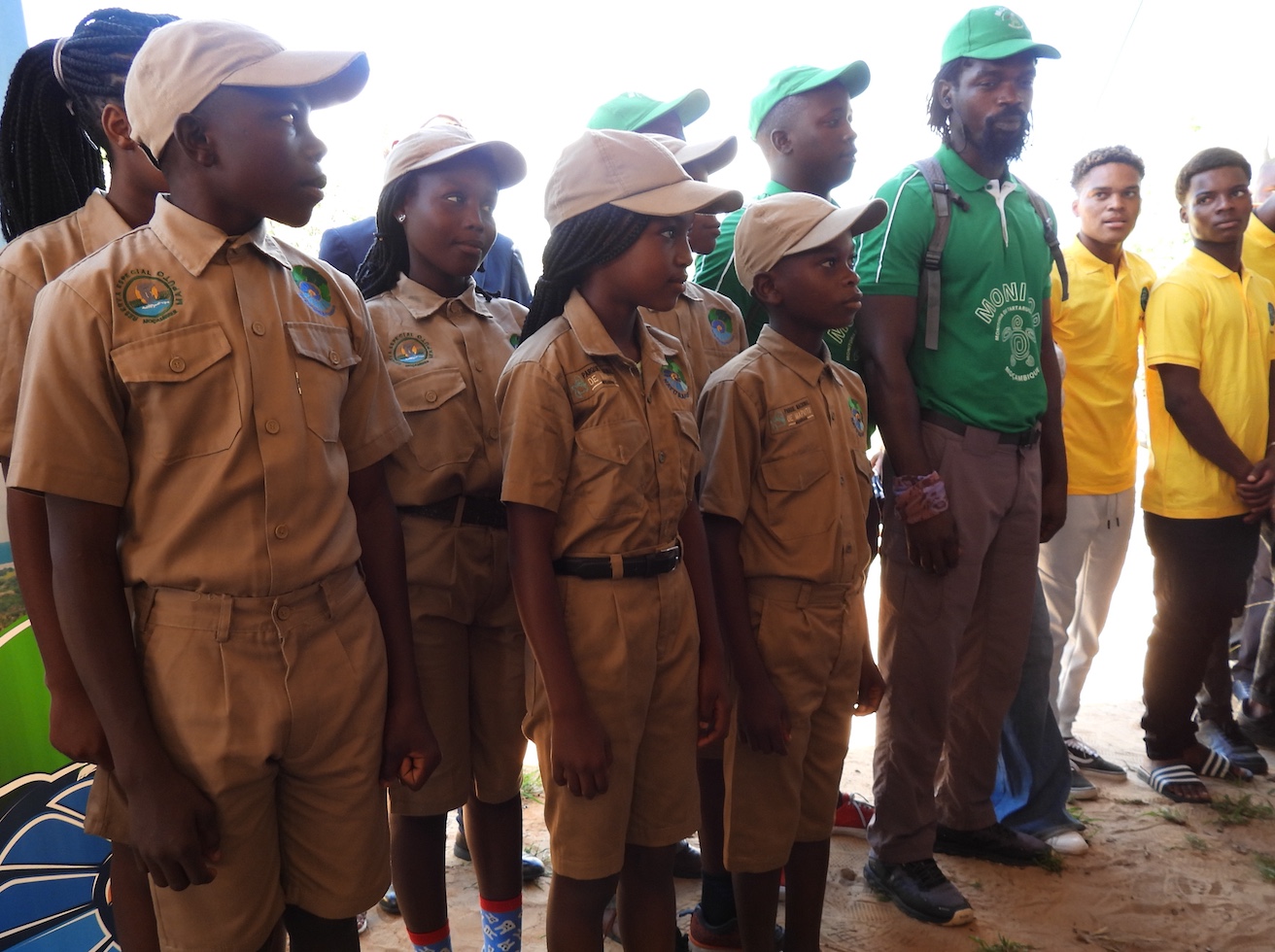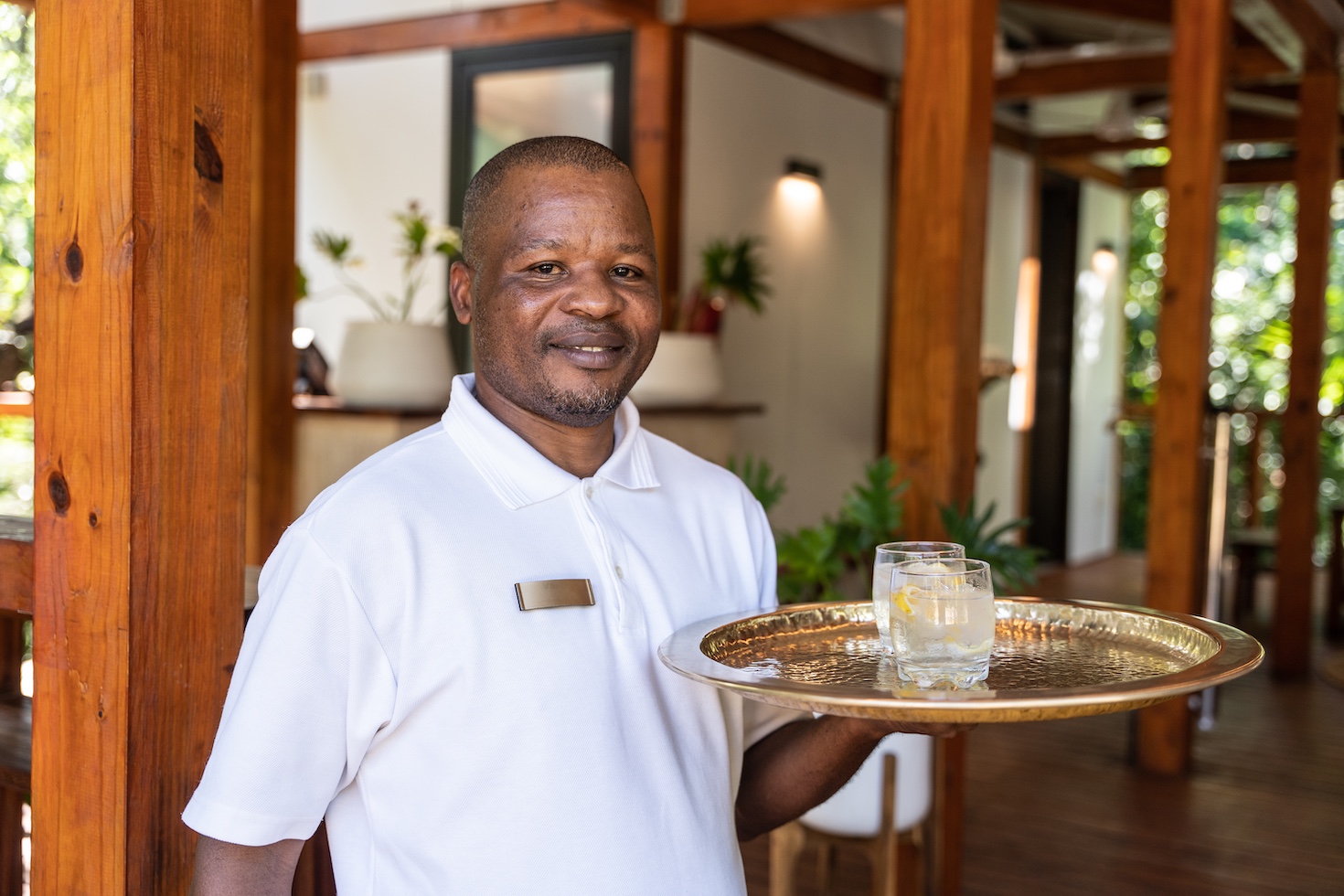In a landscape where elephants roam coastal dunes and mangrove forests shelter countless marine species, a new partnership is creating pathways for both nature and communities to thrive. A collaboration between the TUI Care Foundation and Maputo National Park is set to demonstrate how tourism can be a genuine force for positive change.
Restoring nature’s coastal guardians

At the heart of the project lies an ambitious mangrove restoration effort – 150 hectares of degraded mangrove forest will be brought back to life through the planting of 525,000 seedlings. These coastal forests are more than just beautiful, they’re nature’s infrastructure, protecting shorelines from erosion, filtering water, and providing nursery habitat for fish and marine life.
“Mangroves are the unsung heroes of coastal conservation,” explains Miguel Goncalves, Maputo National Park Warden. “They protect communities from storms, support fisheries, and store carbon at rates far exceeding terrestrial forests. Restoring them is an investment in both nature and people.”
To share this ecosystem with visitors, a 200-meter mangrove walkway will be established at Santa Maria, offering guests a chance to walk among these remarkable trees and witness firsthand the biodiversity they support.
Inspiring the next generation

Twenty environmental clubs across schools surrounding the park will become hubs of conservation learning, with trained teacher focal points and community school promoters ensuring that environmental stewardship becomes part of everyday life for hundreds of young people.
These aren’t passive classroom lessons, students will visit the Community Training Centre within the park, experiencing wildlife up close and learn why protecting these landscapes matters. School infrastructure will also be enhanced, creating better learning environments that support both education and conservation goals.
“When children grow up understanding the value of their natural heritage, they become its most powerful protectors,” says Manuel Ferreira, Head of Programme Management and External Communications at TUI Care Foundation, who is funding this initiative through Peace Parks Foundation. “These environmental clubs are planting seeds of conservation that will grow for generations.”
Tourism as a force for good
The project embraces tourism’s potential to drive positive change. Local entrepreneurs will be supported through the establishment of sustainable tourism enterprises, with kayaks and stand-up paddleboards provided for community members to launch their own ecotourism businesses at both Santa Maria and Ponta do Ouro.
This approach transforms tourism from something that happens to communities into something that benefits them directly, creating livelihoods, building skills, and ensuring that local people are partners in conservation success.
A partnership built on shared vision

The TUI Care Foundation’s support builds on years of successful collaboration between Mozambique’s National Administration for Conservation Areas (ANAC) and Peace Parks Foundation in this landscape.
Implemented in partnership with Mozambique’s National Administration for Conservation Areas (ANAC) and Peace Parks Foundation, this initiative strengthens the link between conservation, education, and sustainable tourism in Maputo National Park.
“This project demonstrates what’s possible when conservation, education, and sustainable tourism come together,” says Ferreira. “We’re not just protecting a park, we’re creating a model for how communities and nature can thrive together.”
Maputo National Park, part of the Lubombo Transfrontier Conservation and Resource Area, represents a rare combination of safari and marine experiences. The park’s rehabilitation since 2006 has seen the successful reintroduction of 14 species, with a current game count of 32,000. This new initiative ensures that both wildlife and the communities who live alongside them have a sustainable future.
Looking ahead

Over the coming months, seedlings will take root in nurseries, students will gather for their first environmental club meetings, and local entrepreneurs will begin welcoming guests to explore the park’s waters by kayak and paddleboard. The mangrove walkway will rise among the trees, and the sounds of learning and laughter will fill school classrooms newly upgraded and supported.
It’s a vision where conservation creates opportunity, where education sparks stewardship, and where tourism becomes a bridge between people and the remarkable landscapes they call home.





